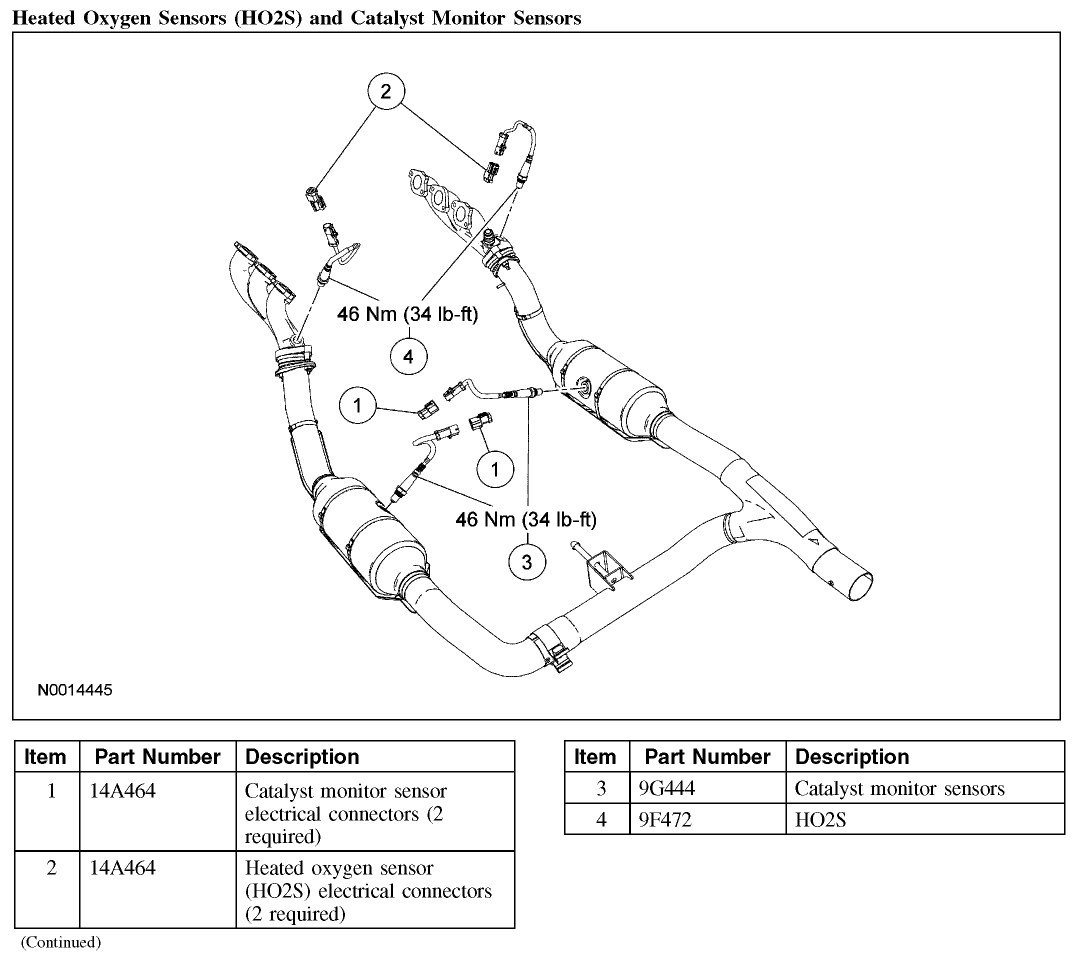Encountering OBDII codes can be perplexing, especially when trying to decipher what they mean for your vehicle’s health. One such code, P2270, indicates “O2 Sensor Signal Stuck Lean Bank 1 Sensor 2.” If you’re facing this code, understanding its implications, potential causes, and fixes is crucial for maintaining your car’s performance and efficiency. This article will delve into the P2270 code, drawing from real-world scenarios and expert knowledge to provide a comprehensive guide.
The P2270 code specifically points to an issue with the downstream oxygen sensor, also known as the post-catalytic converter sensor, located in Bank 1, Sensor 2. In simpler terms, your vehicle’s computer (PCM/ECM) is detecting that the signal from this particular oxygen sensor is consistently indicating a lean condition – meaning there is too much oxygen in the exhaust stream relative to fuel.
To visualize this, consider the typical exhaust system layout. Bank 1 refers to the side of the engine where cylinder #1 is located. Sensor 2 is the sensor positioned after the catalytic converter on that bank. This sensor plays a vital role in monitoring the efficiency of the catalytic converter by measuring the oxygen levels in the exhaust gases after they have passed through the converter.
 Diagram of Ford F-150 Exhaust System and Oxygen Sensor Locations Bank 1 Sensor 2 Highlighted
Diagram of Ford F-150 Exhaust System and Oxygen Sensor Locations Bank 1 Sensor 2 Highlighted
Common Causes of a P2270 Code
Several factors can trigger the P2270 code. While the code indicates a “stuck lean” condition reported by the O2 sensor, the root cause might not always be the sensor itself. Here are some common culprits:
- Faulty Oxygen Sensor: The most direct cause is a malfunctioning Bank 1 Sensor 2 O2 sensor. The sensor may be degraded, contaminated, or electrically faulty, leading to inaccurate readings.
- Exhaust Leaks: Leaks in the exhaust system before the Bank 1 Sensor 2 can introduce extra oxygen into the exhaust stream, causing a false lean reading.
- Vacuum Leaks: Vacuum leaks in the engine intake system can lead to a genuinely lean air-fuel mixture, which can be detected by the downstream O2 sensor.
- Fuel Delivery Issues: Problems with fuel pressure, fuel injectors, or a weak fuel pump can result in a lean condition, triggering the P2270 code.
- Catalytic Converter Issues: Although less common, a failing catalytic converter can sometimes affect downstream O2 sensor readings.
- Wiring and Connector Problems: Damage to the wiring or connectors leading to the Bank 1 Sensor 2 can disrupt the signal and cause erroneous readings.
Symptoms Associated with P2270
Besides the check engine light illuminating and the P2270 code being stored, you might notice other symptoms:
- Decreased Fuel Economy: A lean condition can sometimes lead to reduced fuel efficiency.
- Rough Idle or Engine Hesitation: In some cases, a lean condition can cause engine performance issues, such as rough idling or hesitation during acceleration.
- Failed Emissions Test: Because the P2270 code can indicate issues with the catalytic converter system or engine management, it can lead to failing an emissions test.
- No Noticeable Symptoms: It’s also possible to have a P2270 code with no immediately apparent drivability issues, especially if the problem is minor or intermittent.
Diagnosing and Resolving the P2270 Code
Diagnosing a P2270 code requires a systematic approach. Here are some steps a technician might take:
- OBDII Code Scan: Confirm the presence of the P2270 code and check for any other related codes that might provide additional clues.
- Visual Inspection: Inspect the exhaust system for leaks, particularly around the Bank 1 Sensor 2 area. Check the wiring and connectors to the sensor for any damage, corrosion, or loose connections.
- Oxygen Sensor Testing: Use a multimeter or scan tool to test the Bank 1 Sensor 2. This may involve checking the sensor’s resistance, voltage, and response time.
- Fuel System Check: If other lean condition indicators are present or suspected, a fuel pressure test and inspection of fuel injectors might be necessary.
- Smoke Test for Vacuum Leaks: A smoke test can help identify vacuum leaks in the intake system.
Once the root cause is identified, appropriate repairs can be made. If the O2 sensor itself is faulty, replacement is usually the most effective solution. When replacing an oxygen sensor, ensure you use a quality replacement part that is compatible with your vehicle.
 Motorcraft 4L3Z-9G444-AA Oxygen Sensor, a Potential Replacement Part for P2270 Code
Motorcraft 4L3Z-9G444-AA Oxygen Sensor, a Potential Replacement Part for P2270 Code
In conclusion, the P2270 Obdii Code signals a “O2 Sensor Signal Stuck Lean” condition for Bank 1 Sensor 2. While a faulty oxygen sensor is a primary suspect, other issues like exhaust leaks, vacuum leaks, or fuel delivery problems can also be responsible. Proper diagnosis is key to accurately pinpointing and resolving the underlying cause, ensuring your vehicle runs efficiently and cleanly. Addressing this code promptly will help maintain optimal engine performance and prevent potential damage to your catalytic converter.
